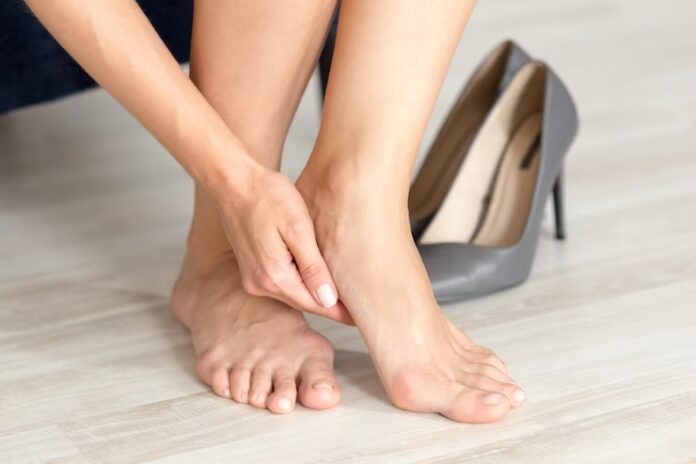Shoe bites are a common problem that can cause discomfort and pain when wearing shoes. They often occur due to friction and pressure on the skin, leading to blisters or sore spots. Fortunately, there are several preventive measures and effective treatment options available. This article will provide a comprehensive guide on how to prevent and treat shoe bites, ensuring you can enjoy comfortable footwear without suffering from painful blisters.
Preventive Measures :
- Choose the Right Size and Fit: Ensure your shoes are neither too tight nor too loose. Properly fitting shoes will reduce the chances of friction and pressure on your feet, minimizing the risk of shoe bites.
- Break-in New Shoes: Gradually break-in new shoes by wearing them for short periods initially. This allows the shoes to mold to the shape of your feet and reduces the likelihood of shoe bites.
- Wear Proper Socks: Opt for moisture-wicking socks made of breathable materials such as cotton or bamboo. These socks will keep your feet dry and reduce friction, preventing shoe bites.
- Cushioning and Inserts: Consider using cushioning pads or insoles to provide extra support and prevent rubbing against the shoe’s surface. Gel or silicone pads can be particularly effective in reducing friction.
- Use Shoe Stretchers: If your shoes are slightly tight in certain areas, try using shoe stretchers to widen those specific areas gradually. This will prevent excessive pressure on the skin and minimize the risk of shoe bites.
Treatment Options:
- Rest and Cleanse: If you develop a shoe bite, the first step is to remove the shoes and give your feet ample rest. Wash the affected area with mild soap and lukewarm water to cleanse any dirt or debris.
- Apply an Antiseptic: Once the area is clean, apply an antiseptic solution like hydrogen peroxide or povidone-iodine to prevent infection.
- Blister Care: If a blister has formed, avoid popping it unless it is large or causing extreme discomfort. If necessary, sterilize a needle with rubbing alcohol, make a small hole at the edge of the blister, and gently drain the fluid. Leave the skin intact to act as a natural bandage.
- Moisturize and Protect: Apply a thin layer of petroleum jelly or a moisturizing cream to keep the affected area moisturized and prevent further friction. Cover the blister or sore spot with a clean, breathable bandage or dressing to protect it from further irritation.
- Pain Relief: Over-the-counter pain relievers such as ibuprofen or acetaminophen can help alleviate any pain or discomfort associated with shoe bites. Follow the recommended dosage guidelines.
- Time for Healing: Allow the affected area to heal naturally by keeping it clean, dry, and protected. Avoid wearing tight or uncomfortable shoes during this period to promote faster healing.
When to Seek Medical Attention: In most cases, shoe bites can be effectively treated at home. However, if you notice signs of infection such as increased redness, swelling, warmth, or pus, it is essential to seek medical attention. Additionally, if the shoe bite does not show signs of improvement within a few days or if you have underlying medical conditions such as diabetes or poor circulation, consult a healthcare professional for appropriate guidance.
Conclusion : By following these preventive measures and utilizing the appropriate treatment options, you can effectively prevent shoe bites or minimize their impact. Remember to choose well-fitting shoes, break them in gradually, and wear suitable socks. If a shoe bite occurs, clean the area, apply antiseptic, and protect it with a bandage.



